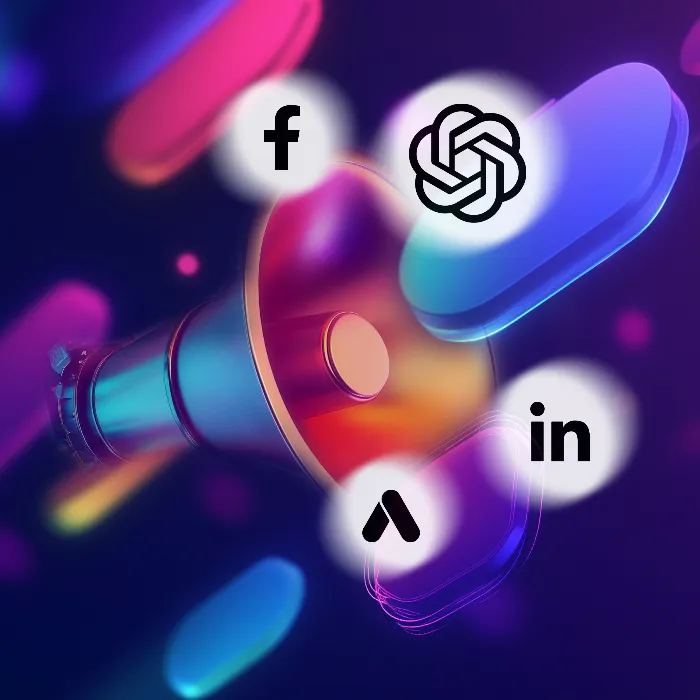The choice of the right platform for your paidadscan make the difference between success and failure for your marketing campaigns. In this guide, you will learn how to find the right platform for you, based on your business model and target audience. Let's take a closer look at the strengths and weaknesses of the various platforms.
Key Insights
- Facebook is great for brand awareness and storytelling but has lower purchase intent.
- Google Ads have a higher purchase intent but can often be more expensive.
- LinkedIn is ideal for B2B advertising and professional audiences, but it can also be costly.
Step-by-Step Guide
Step 1: Define Your Target Audience
Before you choose an advertising platform, you should clearly define your target audience. Who are your potential customers? What interests do they have? Which social networks do they prefer? By answering these questions, you lay the foundation for your decision.
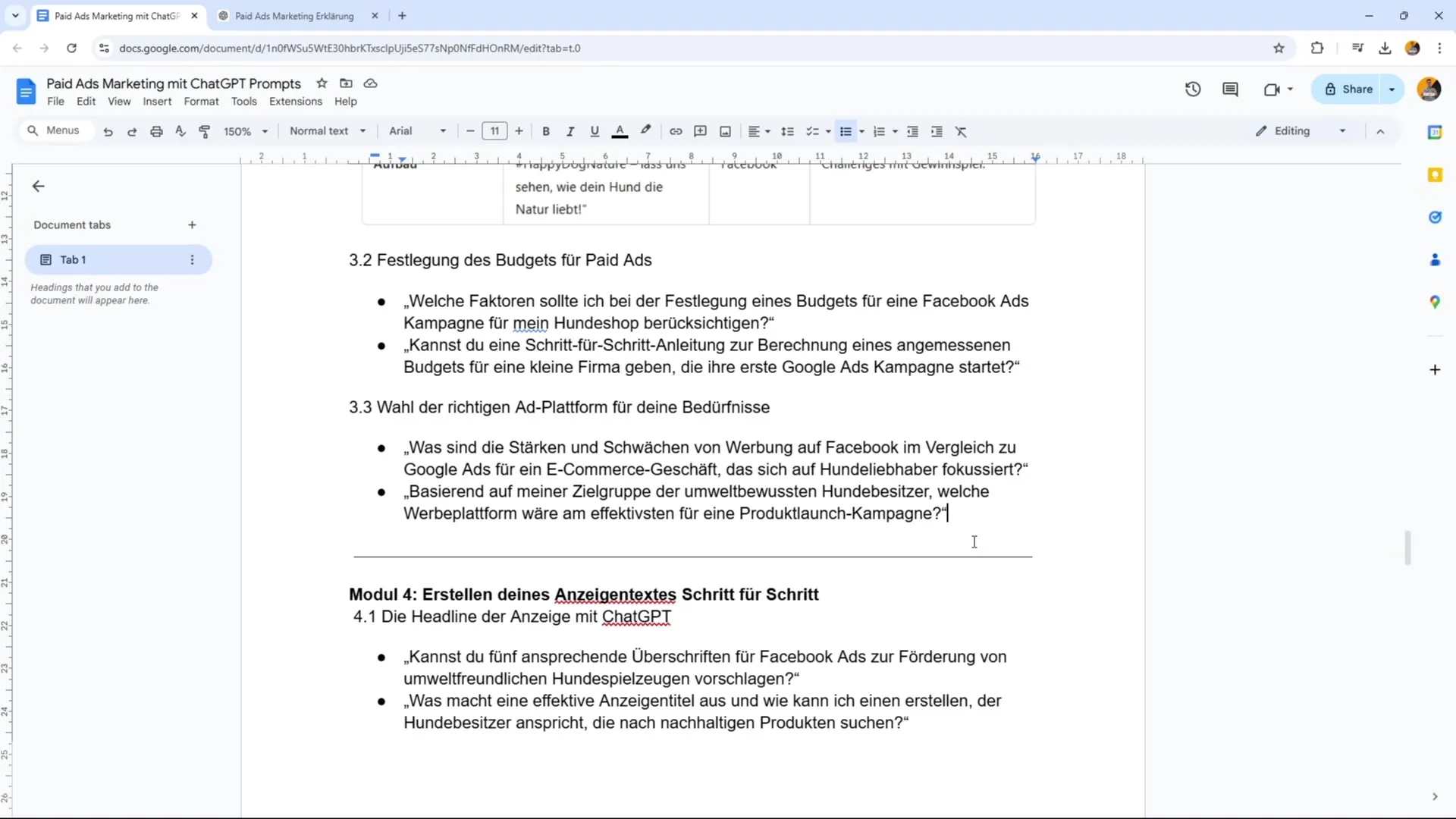
Step 2: Evaluate Platforms
There are numerous platforms for running paid ads, but not all are suitable for every business model. Facebook, Google, and LinkedIn are the most common options. Each has its pros and cons that you should consider.
Step 3: Use Facebook Advertising for Brand Awareness
Facebook offers impressive targeting options that allow you to reach interested parties directly. Users spend a lot of time on this platform, which means you have the opportunity to connect with original images and emotional stories. However, the purchase intent is often lower here.
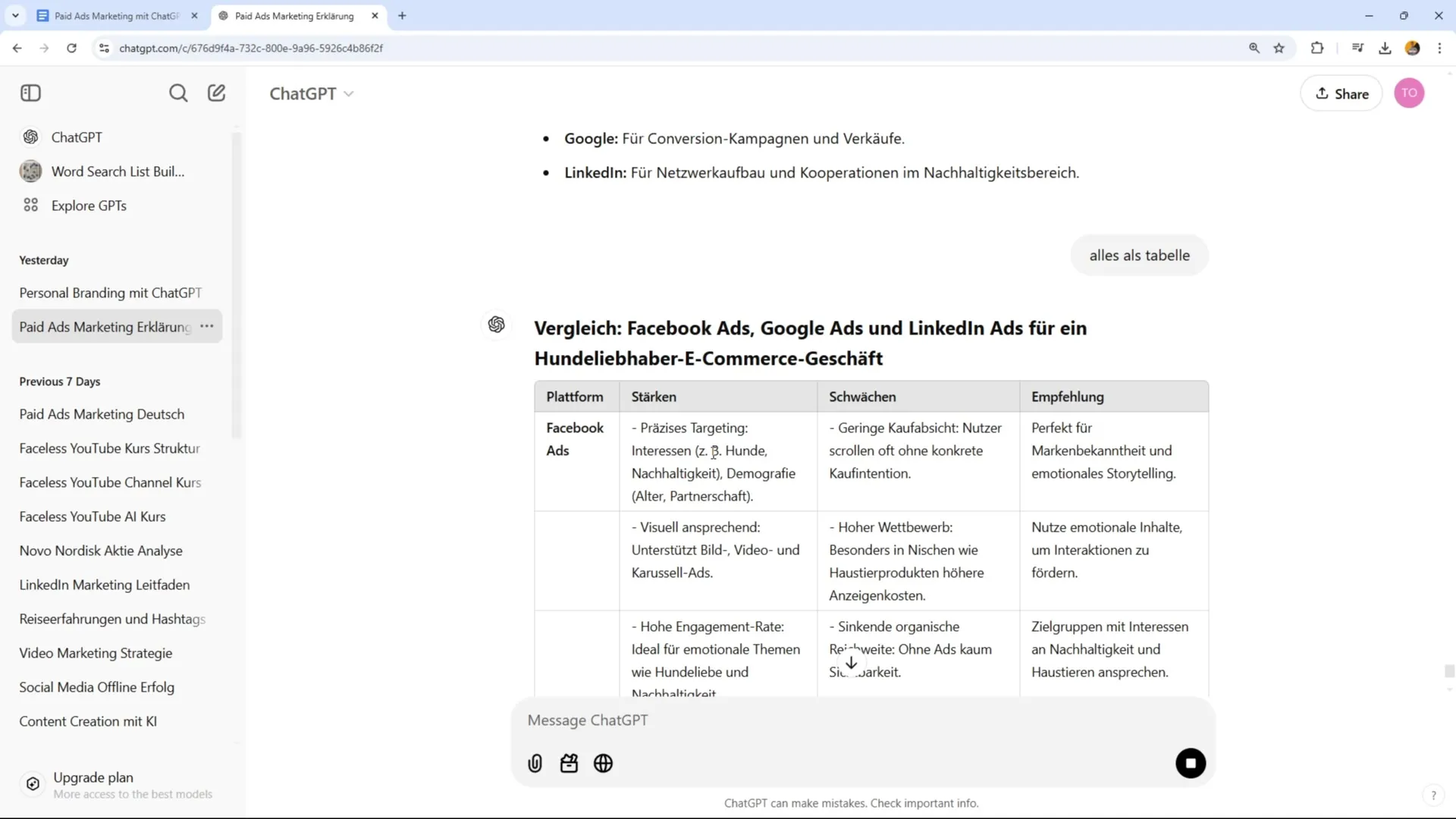
Step 4: Use Google Ads for High Purchase Intent
In contrast to Facebook, user purchase intent is often significantly higher with Google Ads. When someone searches for a specific product, the likelihood that they want to buy something is great. Keep in mind that the cost per click can be higher here, as competitors are also vying for top positions.
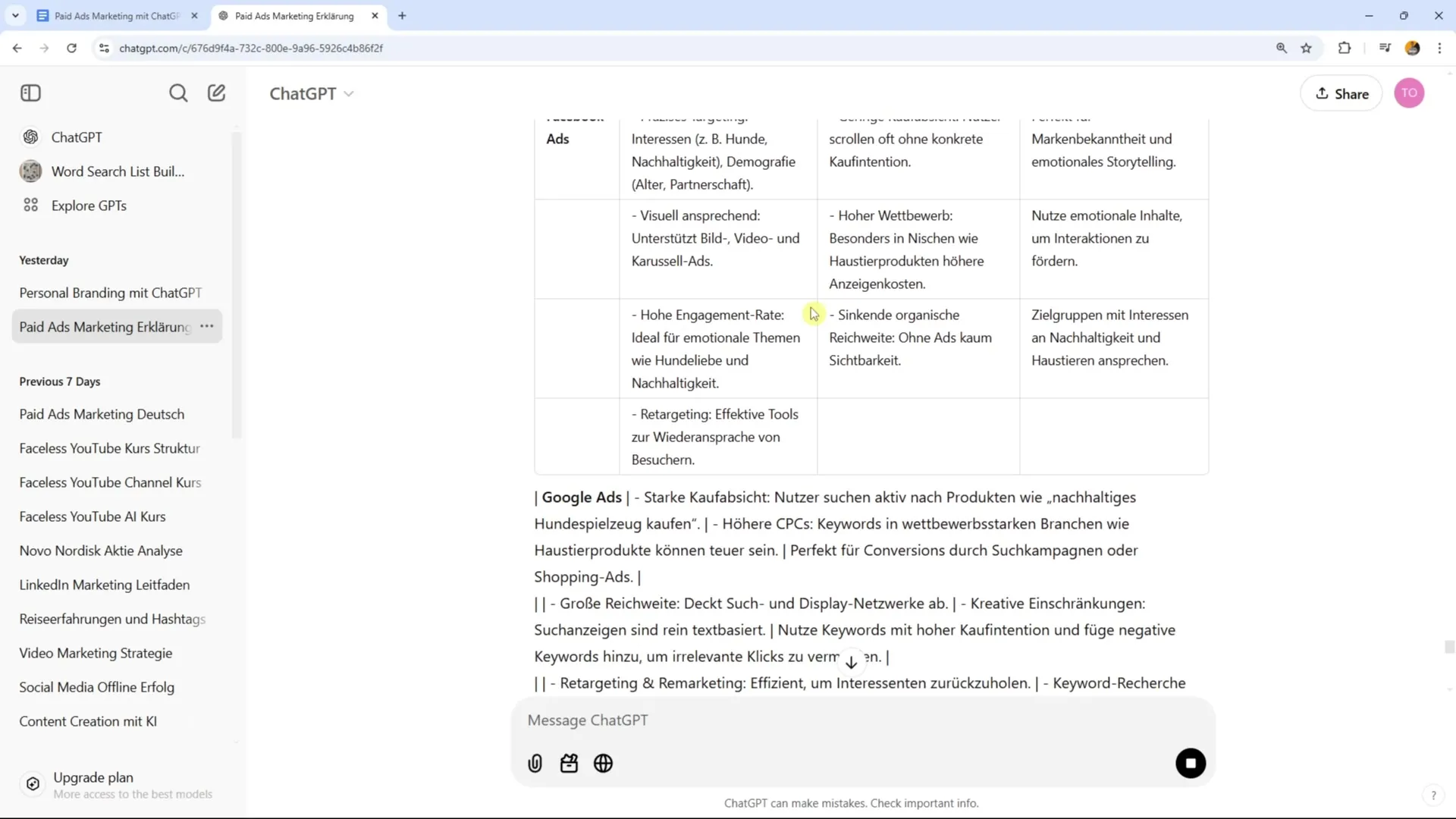
Step 5: Consider LinkedIn for B2B Marketing
If your product or service is aimed at businesses, LinkedIn might be the right platform. Here, you reach a professional audience, and the filtering options are excellent. However, be prepared for advertising costs to be higher here.
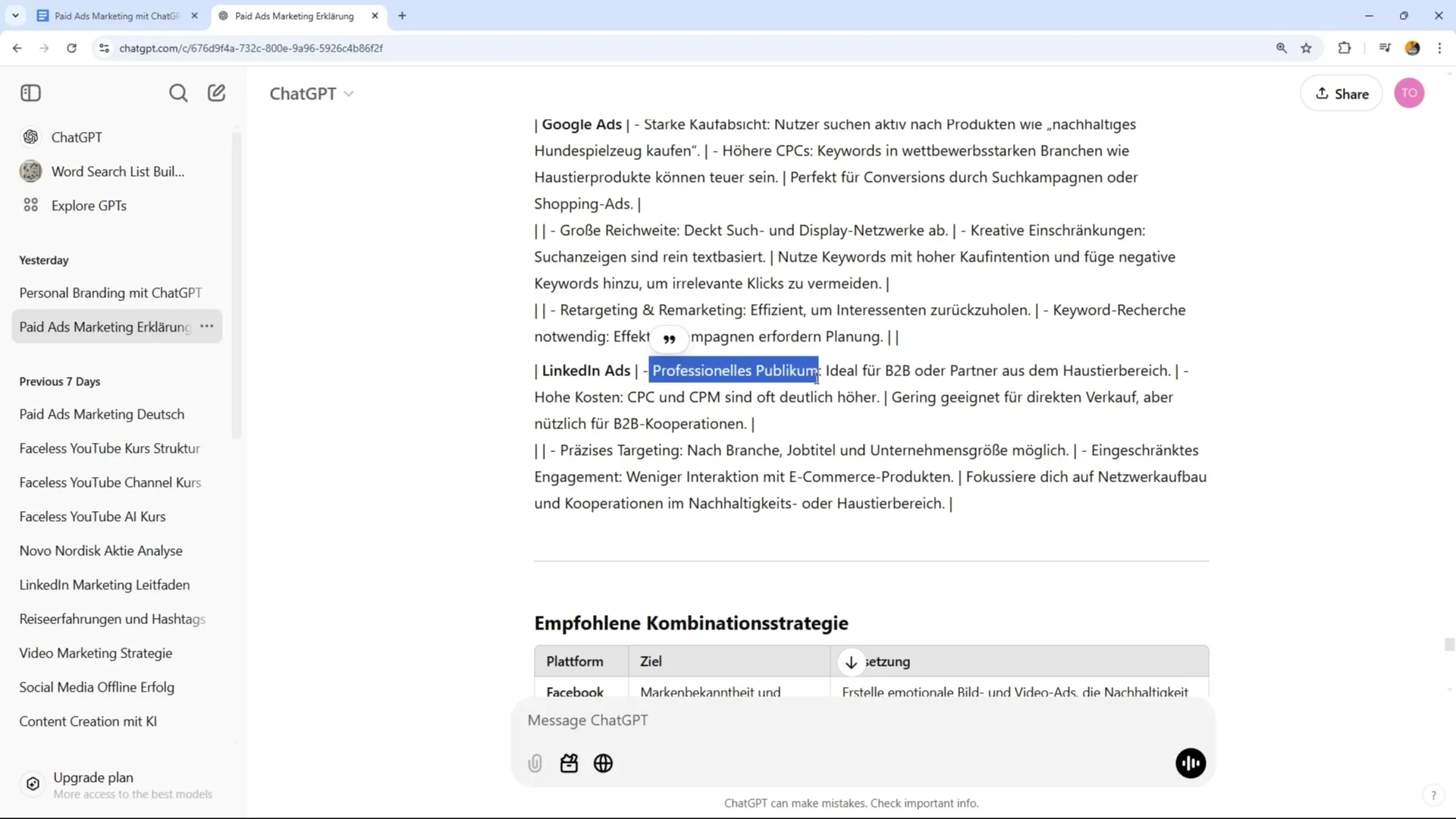
Step 6: Usability and Content Types
Consider what type of content you want to share. Video and image content work particularly well on Facebook, while Google focuses more on text ads. Think about which formats and media best fit your marketing goals.
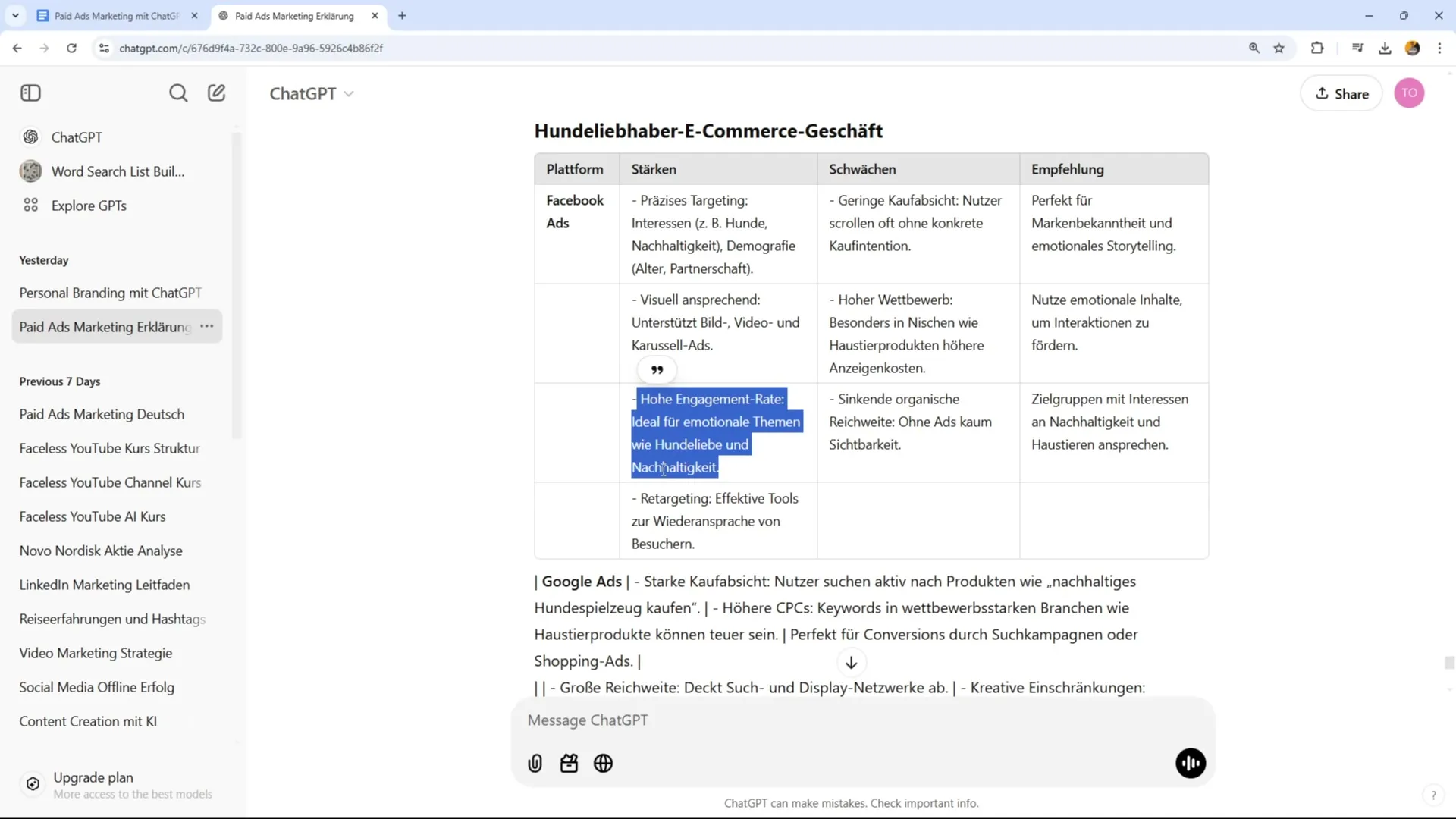
Step 7: Utilize Retargeting Options
The ability to retarget is a significant advantage of platforms like Facebook. This means you can re-engage users who have already visited your website, thereby increasing the chances of conversion.
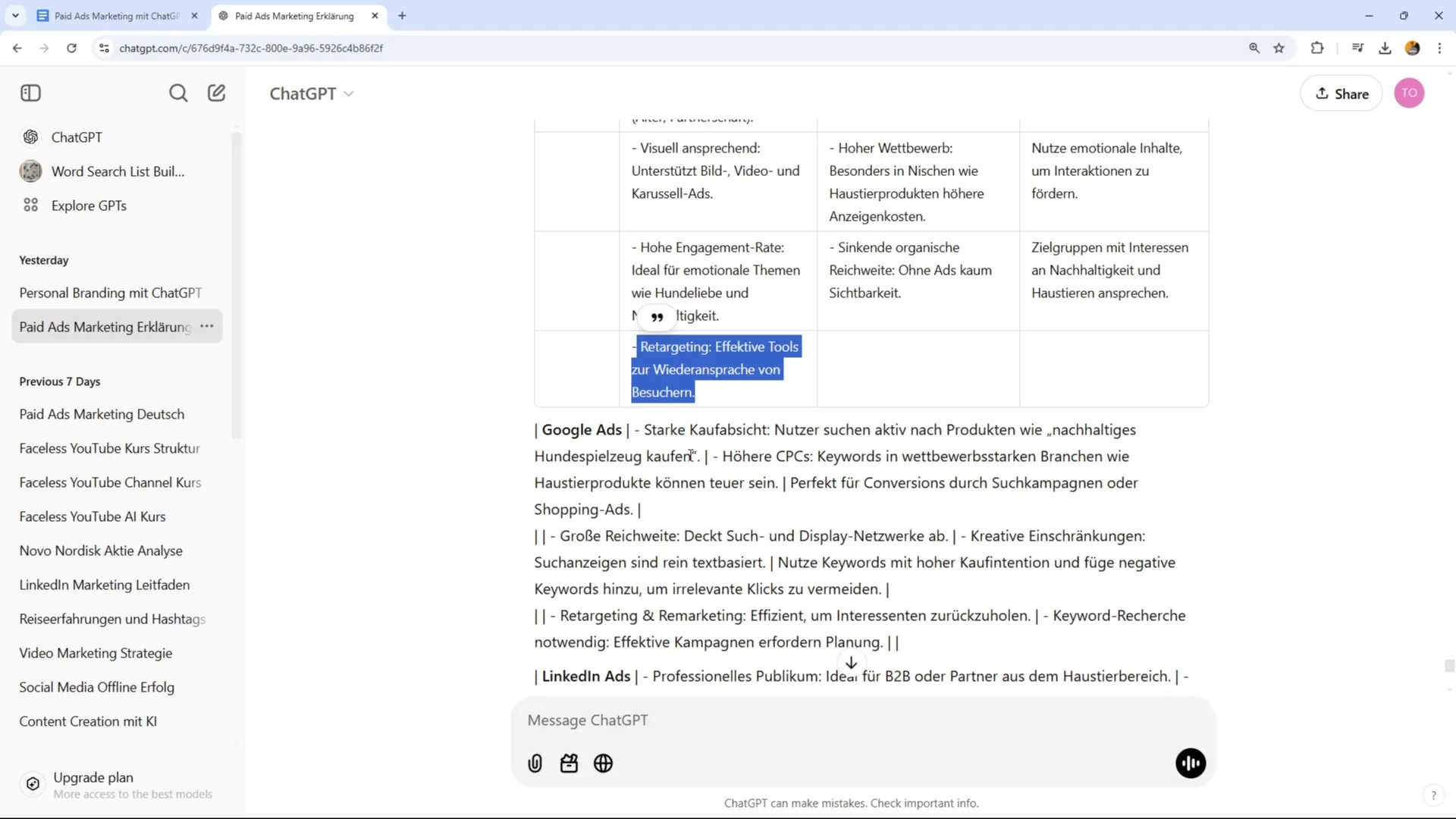
Step 8: Draw Conclusions and Choose a Platform
After considering all these factors, choose the platform that best fits your business model and target audience. Facebook is often the first choice for B2C products, while Google Ads are seen as sensible for direct sales and LinkedIn for B2B applications.
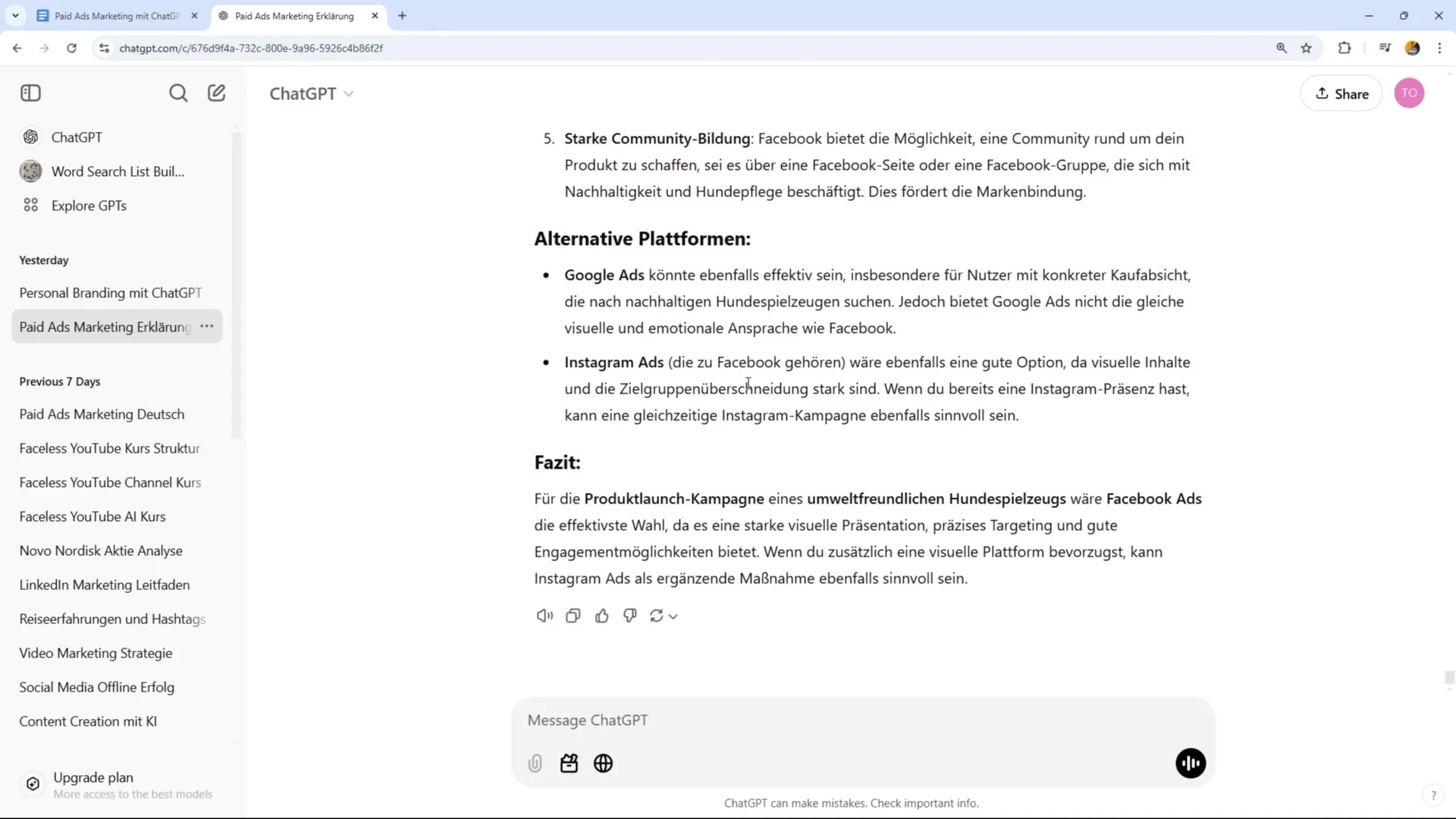
Summary – Choosing the Right Platform for Paid Ads
To choose the right platform for your paid ads, you need to understand your target audience and weigh the pros and cons of the available platforms. Facebook is great for emotional appeals, Google for higher purchase intents, and LinkedIn for targeted B2B advertising.
FAQ
What are the strengths of Facebook advertising?Photos and emotions drive engagement and brand awareness.
When should I use Google Ads?If there is a high purchase intent, Google Ads is the best choice.
How high are the costs for LinkedIn advertising?The costs can be higher compared to other platforms.
How can I get to know my target audience better?You can gain valuable insights through market analysis and user surveys.
Why is retargeting important?It significantly increases the chances of conversions by re-engaging interested parties.
